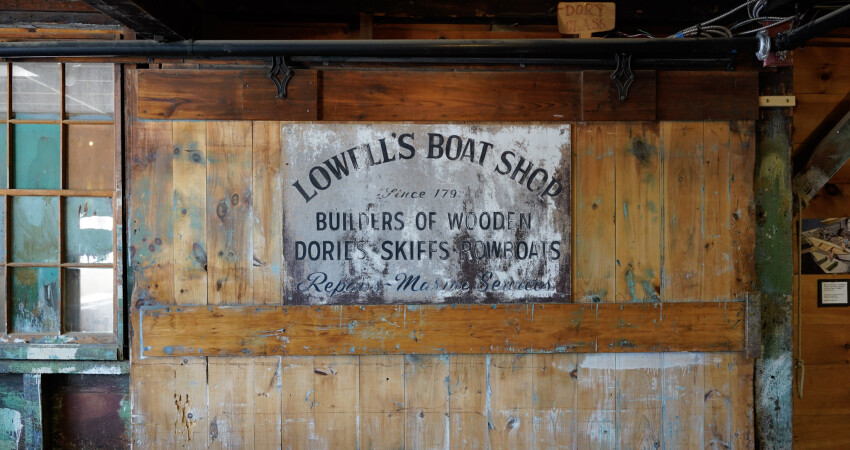Along the banks of the Merrimack River sits a piece of maritime history that has existed since 1793: Lowell's Boat Shop, considered the oldest operating boat shop in America.
The red building is hard to miss, complimented by a yard that's littered with wooden dories. A small gravel pull-off leaves enough room for a handful of cars to park between their trailer hitches.
Step inside the building and you can feel its history. Inside these walls are endless stories, merging the bond between fishing heritage and boat craftsmanship. Excerpts from The Fishermen's Own, a book comprising the list of men and vessels lost from the Port of Gloucester, Mass., from 1874 to 1882, tell the harrowing tales of fishermen who battled the elements off Georges and Grand Banks in these 19-foot man-powered boats.
"WASHED OUT OF A DORY - A TERRIBLE STRUGGLE FOR LIFE. A huge curling wave came tearing along, striking with full force both men and dory, the former being thrown overboard, the latter nearly filled with water. Devine went over the side but, fortunately for him, was near enough to grasp the gunwale and climb into her. With Lee, the case was quite different. The sea broke over the dory with such violence as to throw him a dozen or 15 feet from her...To an ordinary person, this would have been certain death under such circumstances, but determined not to give up while life lasted, he reached the other hand as far up on the trawl as he could. And, with a desperate pull, tore the hook completely through his finger end... Perhaps no better voucher for the invincible pluck of our fishermen could be given than by the statement of the single fact that, after recovering somewhat from his exhaustion, unmindful of his torn and bleeding finger as well as the breaking waves sweeping by, Lee would not return to the vessel until he had finished hauling the trawl, thus accomplishing the task he started out to do."
That excerpt took place in November of 1880 in the winter waters of the Atlantic. There is a high likelihood that the two fishermen in that story were fishing from a dory produced at Lowell's, for it was during that time Lowell's Boat Shop was in the heat of production, building 1200 to 2000 dories a year. Additional boatbuilding shops comprised the same stretch of the Merrimac, all producing the same boat; however, Lowell's was the biggest. A wooden beam tucked in the shop's waterfront corner shows the chiseled annual production numbers with their corresponding years.
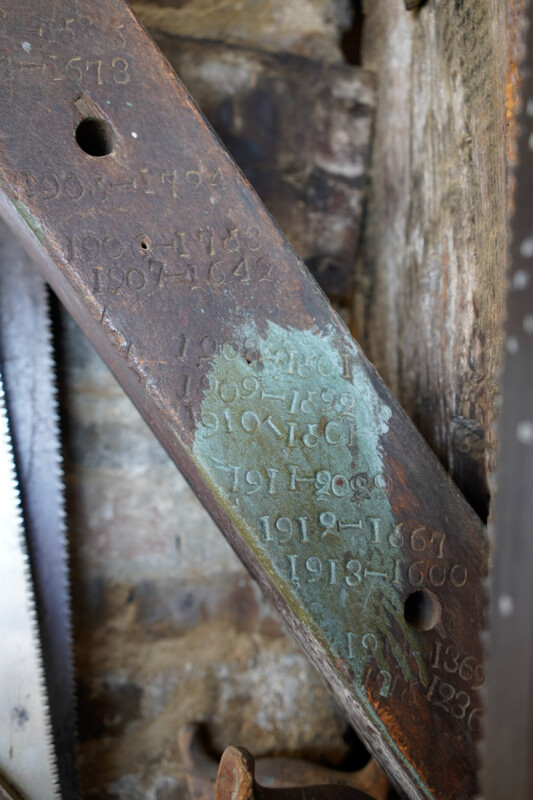
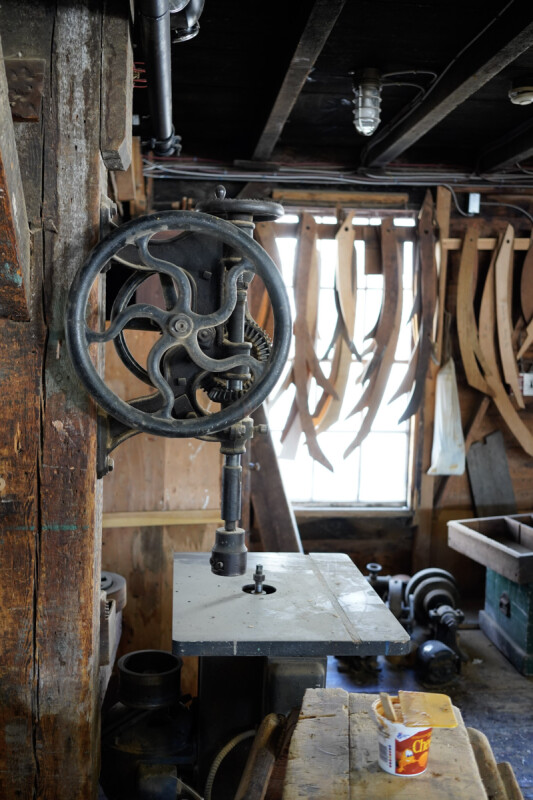
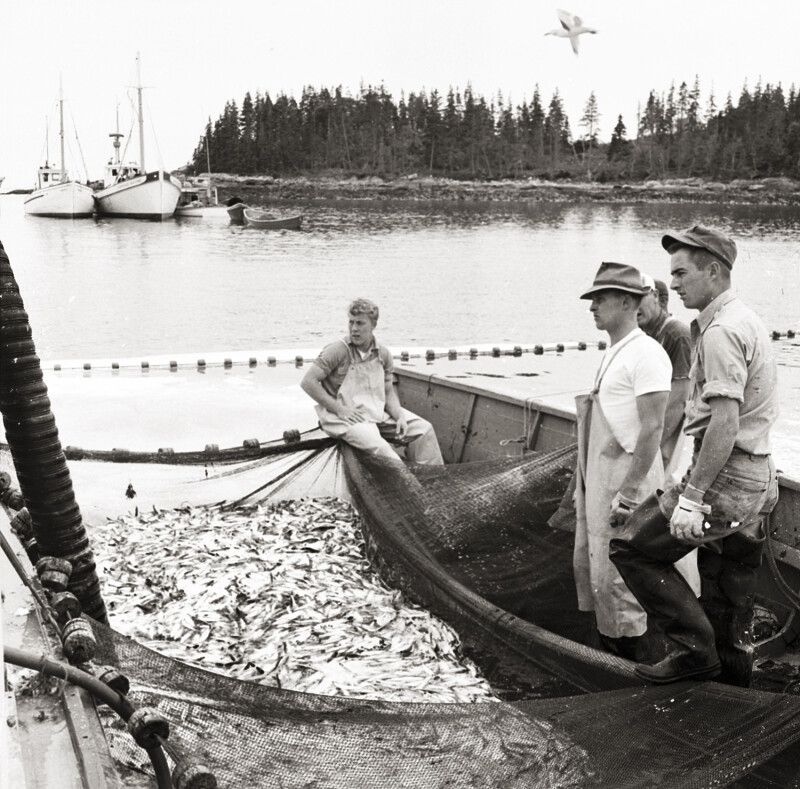
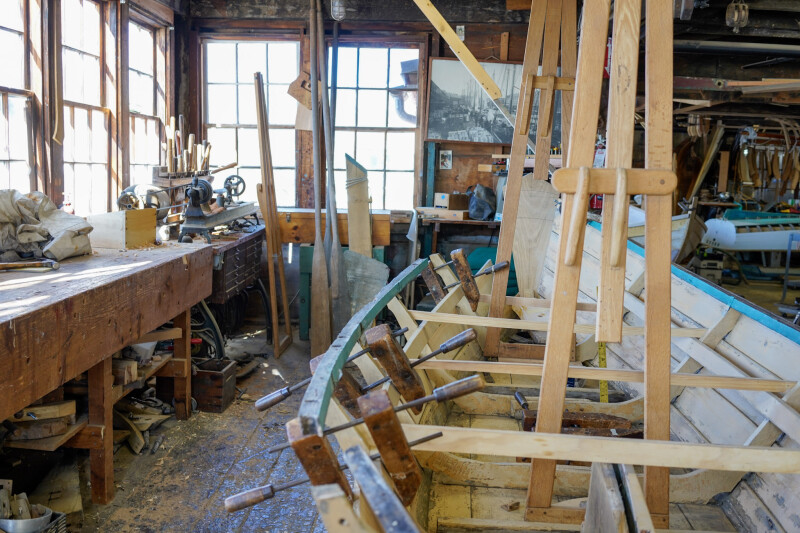
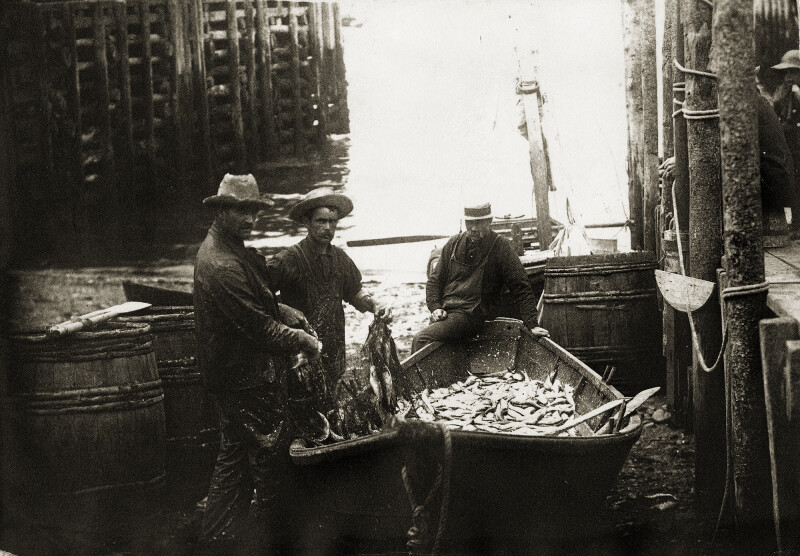
"This part we're standing on was added in 1897, and they started recording the numbers on this beam," said Graham McKay, manager and boatbuilder of Lowell's. "The big year is here, 1911: 2029 boats. So, even on that beam alone, in 25 years, there's probably 40,000 boats right there, and that's just from 1897 to 1920."
In the beginning, Simeon Lowell, the shop's founder, first designed what we now know as the surf dory (often referred to as the Swampscott dory). That design is still in use today. Lowell's Boat Shop is currently producing three 18' surf dories for the lifeguard station in Long Beach, Calif.
The surf dory's design allowed for a mass-production model. Simeon replaced the hand-carved keels of small boats with a simple, flat, football-shaped bottom. This change not only improved performance but also made production more economical. Instead of the intricacies involved in previous dory framing, Simeon's iterations featured only four or five rugged timbers. The planking, too, shifted from ten or more narrow pieces to a few wide, lapped planks, creating rounded bilges for added buoyancy.
Perhaps the most crucial innovation was the high, narrow, steeply raked tombstone transom. This unique shape allowed the dory to split a following sea, propelling it up and through the surf.
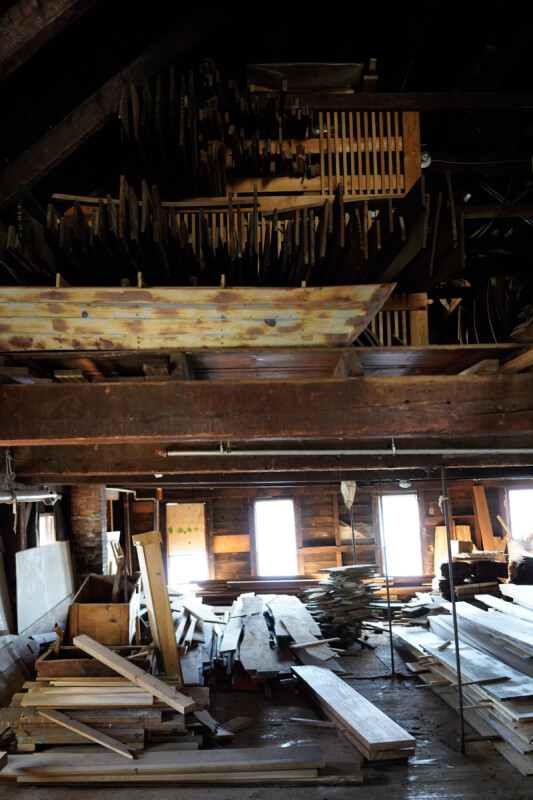
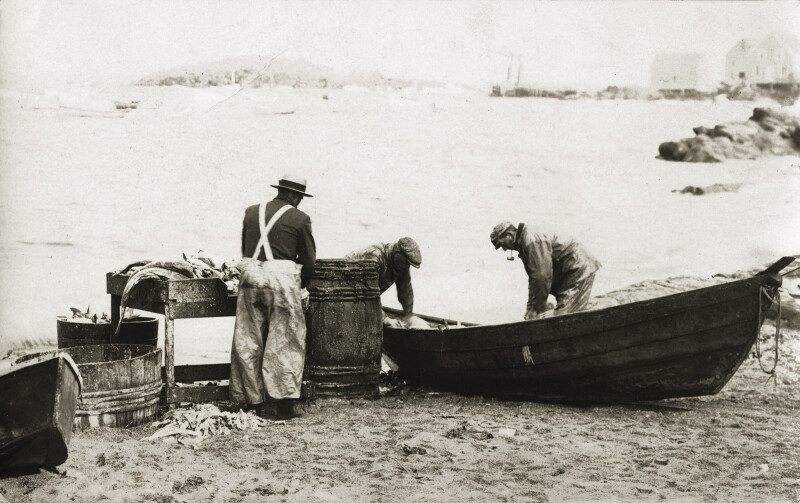
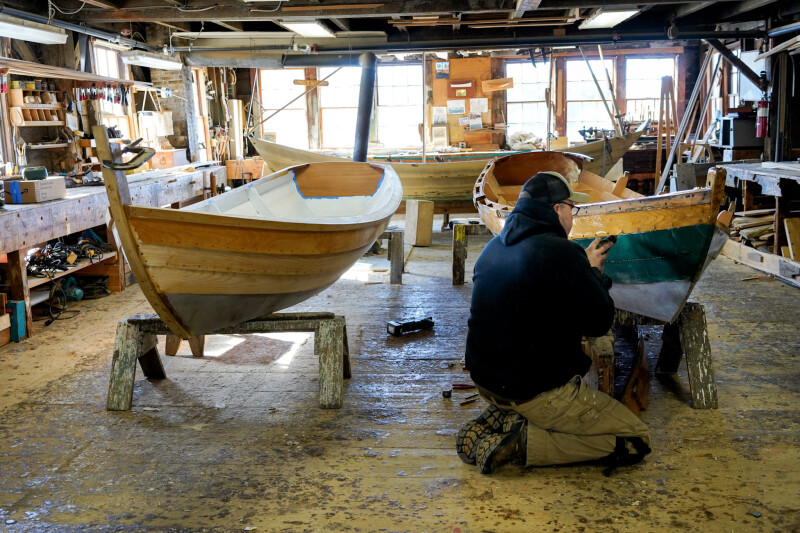
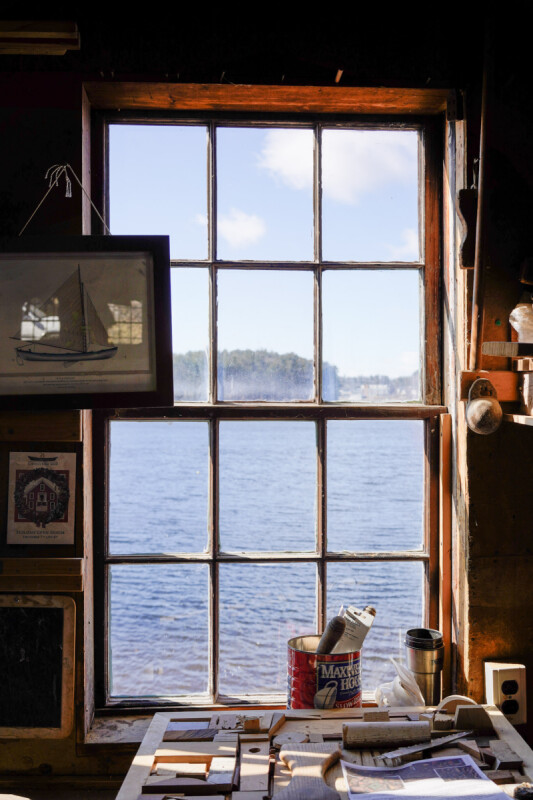
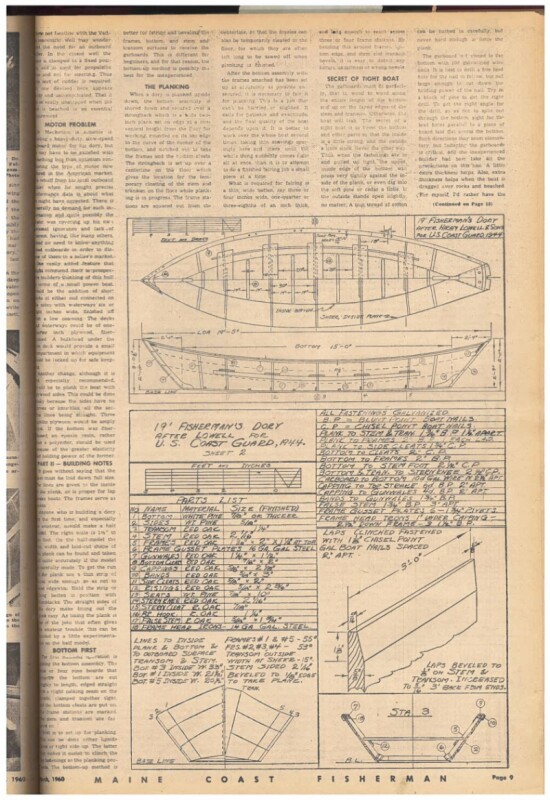
Simeon's grandson, Hiram Lowell, carried the enterprising tradition forward. He refined the dory design, giving rise to the Banks dory. These sturdy, high-sided boats were tailor-made for the Gloucester schooner fleet. Their sleek design made them indispensable for fishing offshore.
Schooners used dories to launch from their decks, hand-lining for their catch. The Banks dory's straight sides and stability under heavy loads made it ideal for this purpose. These Banks dories were also easily stackable. During transport, Banks dories maximized deck space. Their streamlined shape ensured stability even when stacked.
The Fishermen's Own book describes a typical fishing schooner layout.
"The main deck is divided into small compartments by 'checker planks' eight or ten inches wide, set on edge, crisscrossing each other at right angles and securely fastened in their places; they are to prevent fish from sliding across the deck, and on top of these are placed the dories, three on each side of the vessel, turned bottom-up and securely lashed."
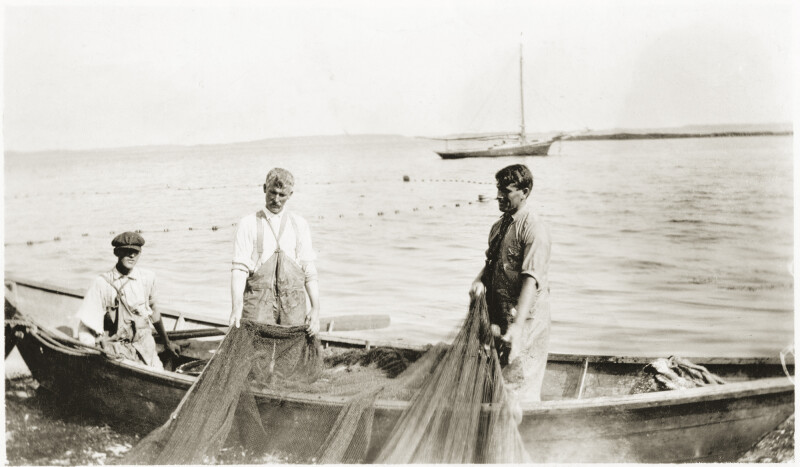
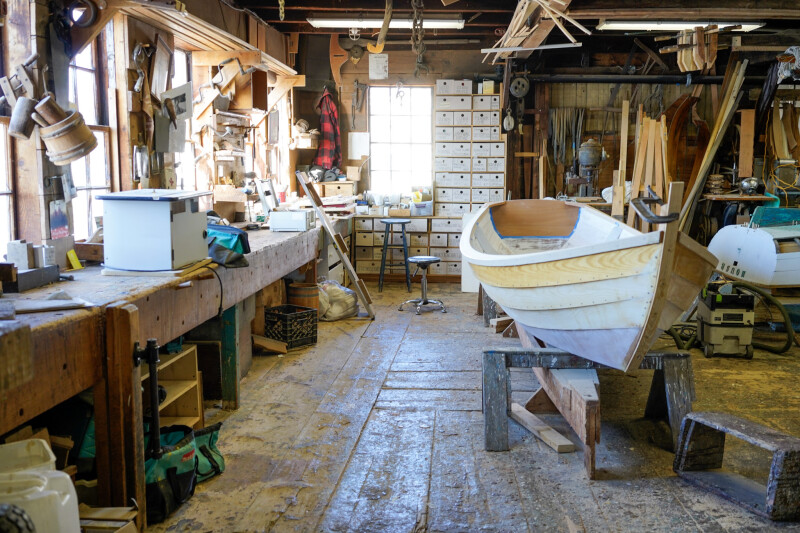
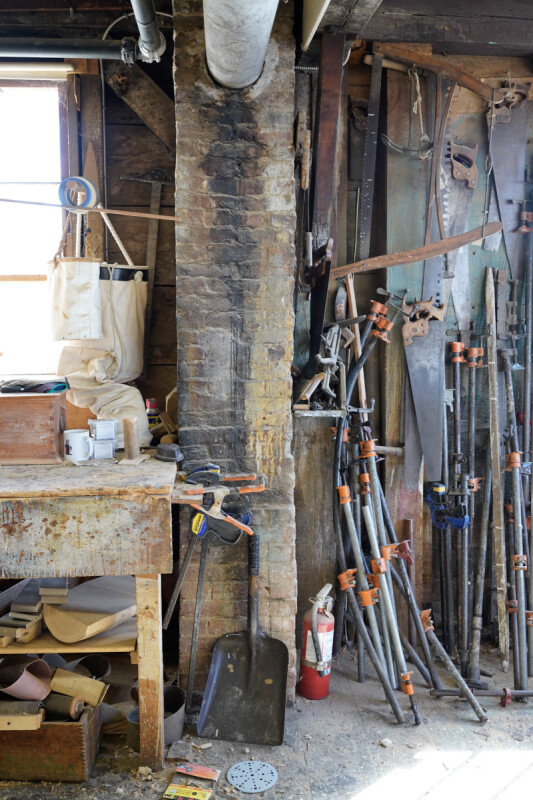
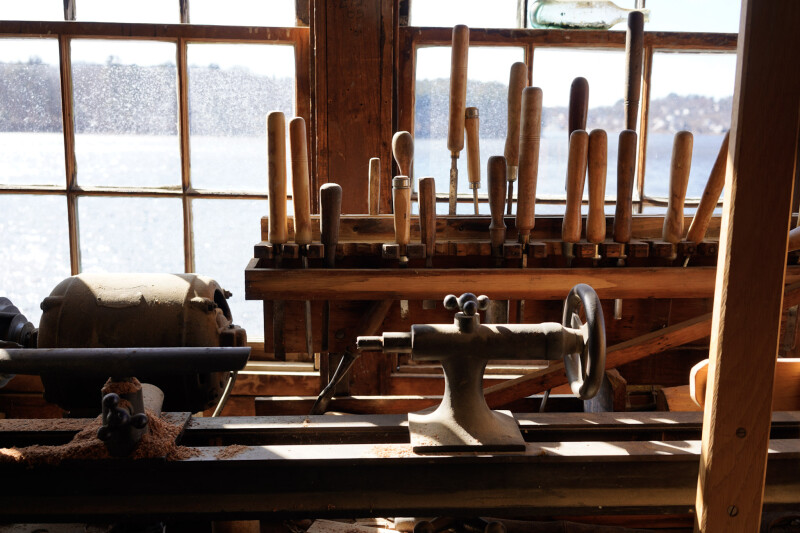
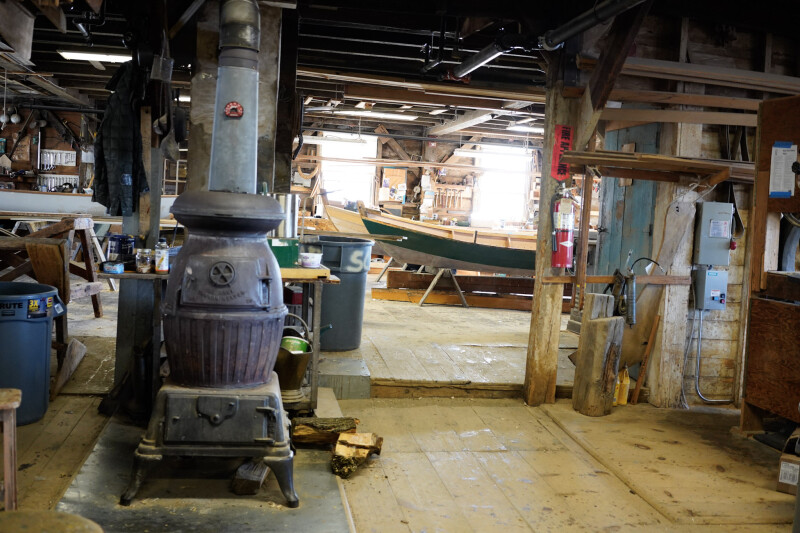
In the National Fisherman archives, old magazines from the 1960s show dory lines from Lowell's and other boatbuilders, written by then-editor John Gardener. Sifting through those old issues from the late 1950s through the mid-1970s, it was always pages 8-9A that would show boatbuilding lines of dory-makers across the country.
It's easy to be enamored by the history of Lowell's Boat Shop and how its boatbuilding practices have stood the test of time. If you find yourself driving on Interstate 95, take a three-minute detour off of the Amesbury exit and explore the now National Historic Landmark and working museum. Guided tours are $8, and self-guided tours are $5.
A recent documentary about Lowell's Boat Shop was released this year and can be viewed below.





